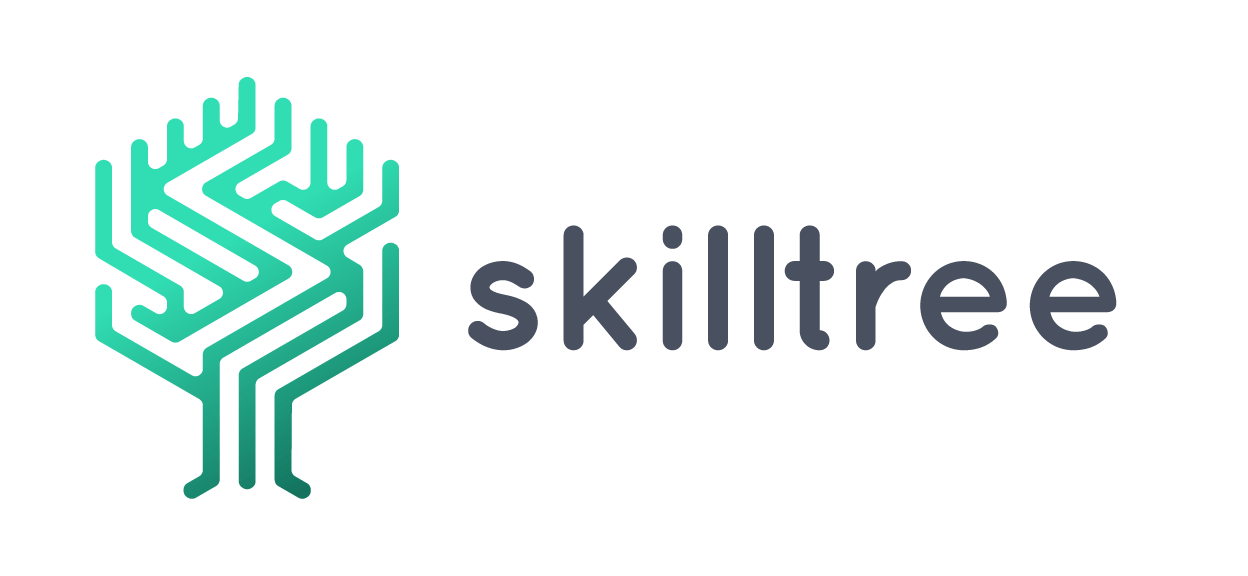The Talent Management Guide provides an introduction to talent management. The basis is an introduction to talent management with definitions and fundamental expressions. This is extended by the talent management cycle and refined with best-practice tips.Dieser Guide...
Talent Management Cycle
The talent management cycle illustrates the interaction of different personnel development processes and measures. It maps all phases and points of contact with employees, from the application to the exit from the company. Some processes and measures within the cycle...
Key positions
In every company, there are so-called key positions essential for the company's successful functioning. These positions describe strategically relevant personnel positions for companies. One of these key positions is the single point of knowledge.Table of content:...
Active sourcing in the company
Active sourcing is a modern method of recruiting in which companies actively approach potential applicants instead of waiting for incoming applications. This can be done by using social networks, career websites, or directly addressing potential candidates.Content...
Employee appraisals
Employee appraisals also known as “check-ins” are an essential part of managing human resources in any organization. They provide a formal process for evaluating an employee's job performance and contributions to the company, and they are used to identify areas for...
Employer Branding
Employer branding is a concept that assists businesses in enhancing their employer brand and making it more appealing to potential employees. To attract and retain the greatest talent, it is important to define and communicate your employer brand to the outside world....
Learning management and LMS
How do you support employees in their independent or managed learning in the organization? What does it take and what should be considered? In this article we present learning management and the advantages of a learning management system (LMS). This knowledge helps to...
Talent Management
Talented employees with special qualifications and skills are in high demand on the labor market. The shortage of skilled workers in recent years has shown how important it is to retain, promote and find talent in the long term. Human resources management attributes...
Succession planning
When employees leave the company, be it because of a change of profession or retirement, a replacement is usually necessary. The result is costly and time-consuming recruiting. If it is a key company position, it can also result in work processes being interrupted and...
Career planning
In order to be able to give employees a job perspective in the organisation and to show which qualifications are needed for a promotion, it is necessary to define job profiles and career steps. This can be done through career planningContent Career Planning Definition...










